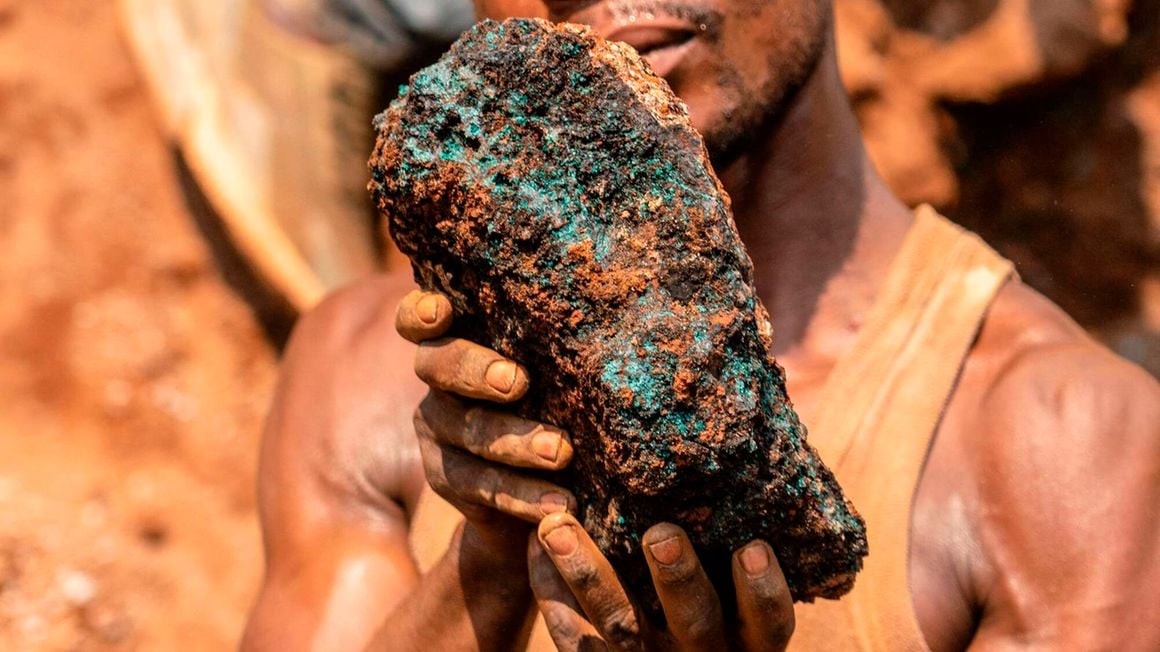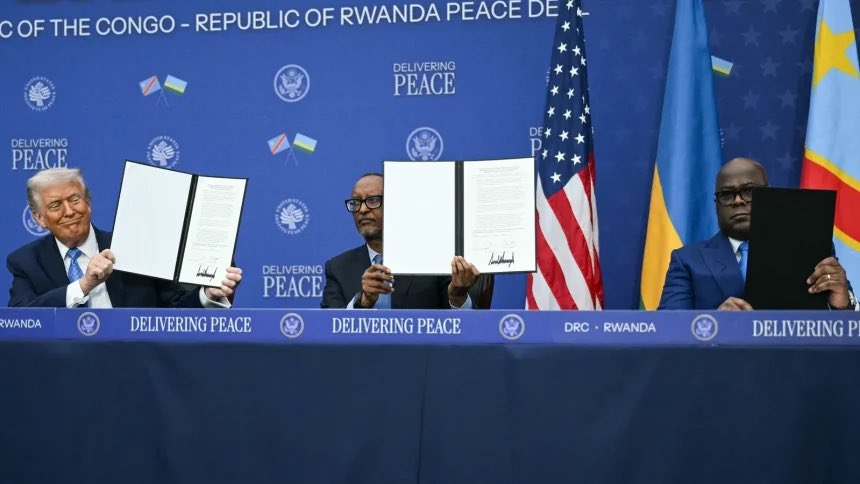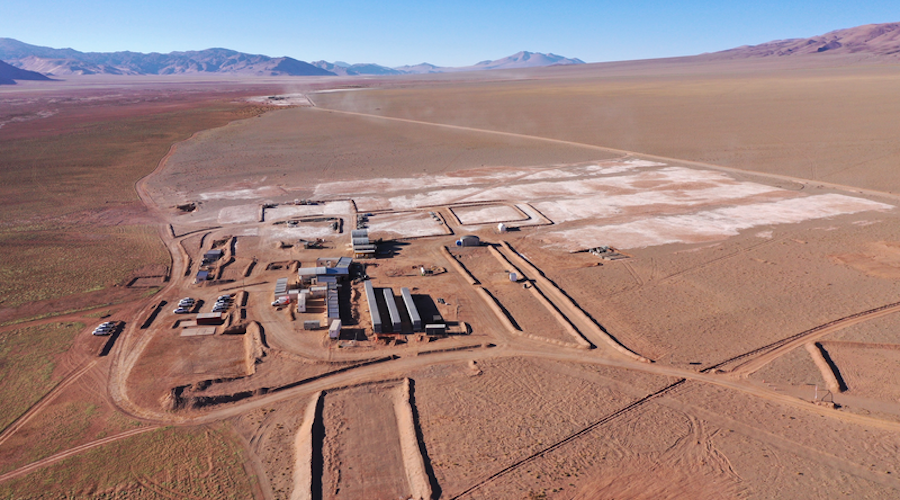Namibia Critical Metals outlines work programme for Lofdal with JOGMEC
TSXV-listed junior Namibia Critical Metals has announced details of the Term 1 planned work programme for its Lofdal heavy rare earths project in northern Namibia.
As was recently announced, the company has entered into an agreement with Japan Oil, Gas and Metals National Corporation (JOGMEC) to jointly explore and develop Lofdal.
Following the first meeting of the management committee formed by Namibia Critical Metals and JOGMEC, the objectives of the initial Term 1 work programme have been agreed to as follows:
- Complete a 7 700 m drill programme at the Area 4 deposit within the Lofdal tenement with the objective to double the current mineral resource and deliver an updated NI43-101 report
- Complete 1 500 m of exploration drilling on two priority satellite deposit targets
- Undertake further metallurgical test work on sorting, magnetic separation, flotation and gangue acid leaching to refine the process flow sheet.
The C$3 million Term 1 work programme will be undertaken from February 2020 to March 2021 and will be sole funded pursuant to a firm non-refundable commitment by JOGMEC.
Following completion of the Term 1 programme, JOGMEC has the right to earn a 40% interest in the project by funding an additional C$7 million in exploration expenditures and may earn an additional 10% interest by funding an additional C$10 million in exploration expenditures.
Area 4 resource
Lofdal is located 450 km north-west of the capital city of Windhoek in the Kunene region of north-western Namibia. The project area covers 314 km² centered on the Lofdal carbonatite complex which hosts a number of rare earth occurrences, including the Area 4 deposit.
Mineralisation at Area 4 is dominated by xenotime, which is highly enriched in heavy rare earths. Value drivers at Lofdal are dysprosium and terbium as opposed to praseodymium and neodymium which are the value drivers in light rare earth deposits.
Current mineral resources for the Area 4 deposit are estimated to be 2.88 Mt of indicated mineral resources at a grade of 0.32% TREO, yielding 9 230 t of REO, of which 7 050 t are estimated to be heavy rare earth oxides (HREO) and 3.28 Mt of inferred mineral resources at a grade of 0.27% TREO yielding 8 970 t of REO, of which 6 700 t are estimated to be HREO.
The current mineral resource has been drilled to depths of between 125 – 225 vertical meters.
Planned drilling will test for extensions of the mineralisation along strike and to vertical depths of 250 – 300 m.
The management committee has set an objective to double the size of the mineral resource through the provision of 7 700 m of diamond drilling at Area 4.
Exploration drilling
The Area 4 deposit is one of several rare earth occurrences know within the Lofdal carbonatite complex and Namibia Critical Metals has evaluated a number of these occurrences with detailed mapping, geophysics and drilling.
There are two priority heavy rare earth targets that have not been drill tested and a total of 1 500 m of diamond drilling has been allocated in Term 1 to investigate xenotime mineralisation at the Northern Splay and at Dolomite Hill.
Share this content:















Post Comment